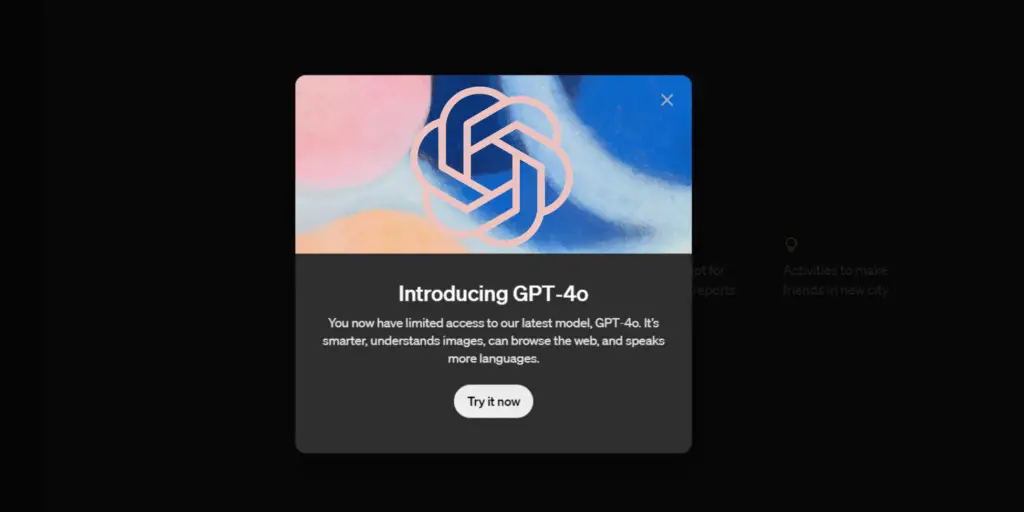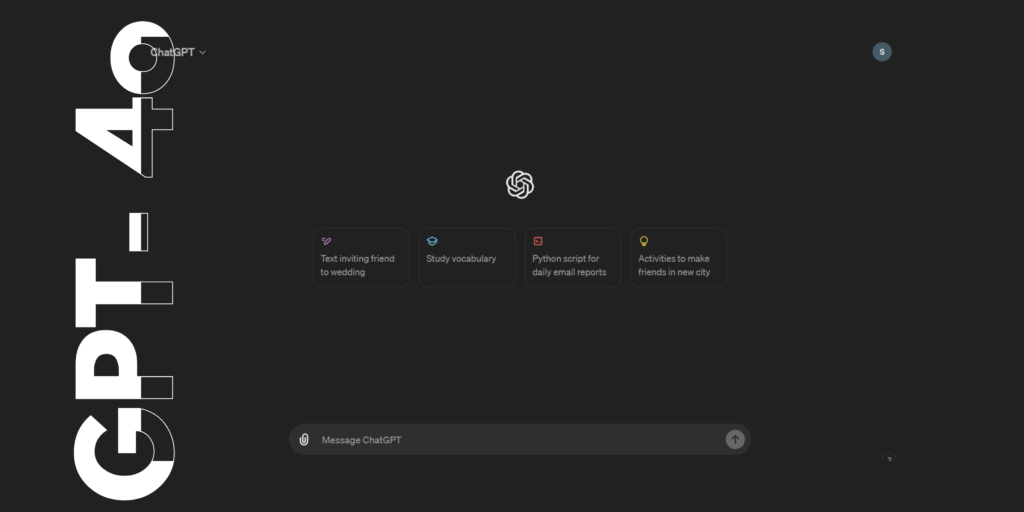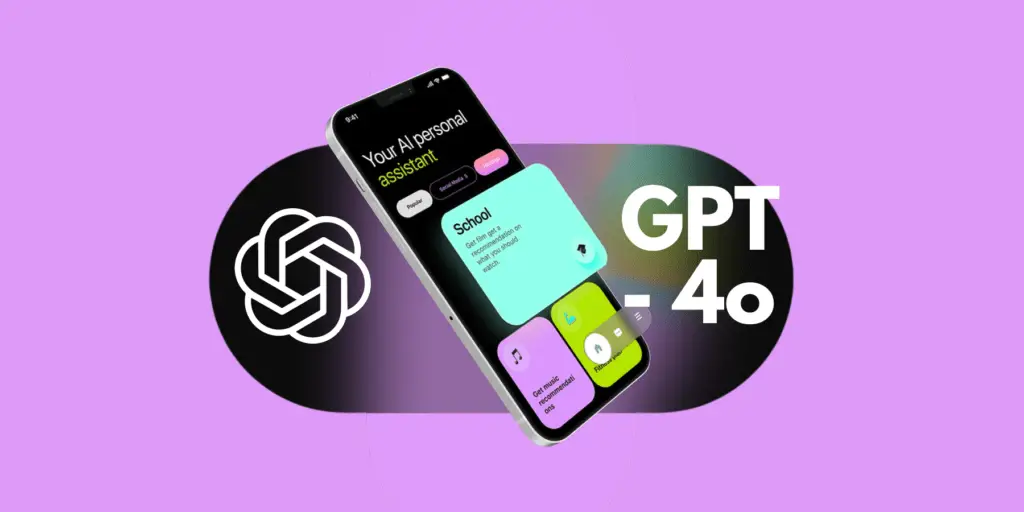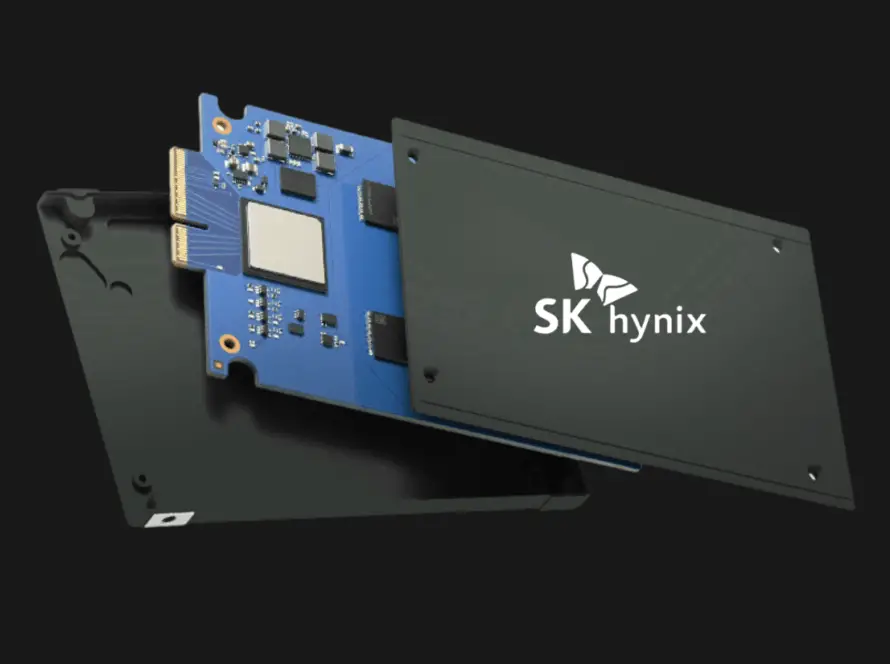GPT-4 Omni multimodal AI system represents a shift in how we interact with technology. It integrates text, audio, and image inputs to produce equally diverse outputs.
Launched on May 13, 2024, It promises enhanced capabilities over its predecessors. Also introduces a level of speed and efficiency that mimics human-like response times in real-time interactions.
OpenAI’s introduction marks a pivotal moment in the evolution of large language models.
It steps away from the traditional models that require multiple, distinct systems to handle different types of data, moving towards a more unified and holistic approach to AI design and functionality.
As the first model of its kind, aims to transform the user experience, offering a more intuitive and accessible way to engage with digital assistants, whether for professional tasks, educational purposes, or personal entertainment.
What is GPT-4 Omni
GPT-4o, abbreviated from “GPT-4 Omni,” is OpenAI’s latest and most advanced artificial intelligence model. As a flagship innovation, GPT-4o exemplifies a significant advancement in the realm of AI, distinguished by its multimodal capabilities.
This model is designed to understand and generate content across various forms of media, including text, audio, and images, making it a comprehensive tool for digital interaction.
Unlike its predecessors, it integrates these capabilities within a single, unified model. This design contrasts sharply with earlier iterations like GPT-4 and GPT-3.5, which relied on multiple specialized models to handle different modalities.
For example, prior versions used separate models for tasks such as speech recognition, natural language understanding, and text-to-speech functionality.
GPT-4o, processes all inputs—whether text, sound, or visual—through one integrated system, enabling a more seamless and efficient user experience.
The “omni” in its name reflects this all-encompassing ability to interact across different types of data inputs and outputs.
This not only enhances the model’s versatility but also improves its responsiveness, with GPT-4o capable of reacting to queries and commands in as little as 232 milliseconds, akin to the natural lag in human conversation.
It stands out for its improved performance with non-English languages and its ability to grasp the nuances of emotional context and background noise in audio inputs, which were significant challenges for earlier models.
Key Features
GPT-4o is designed to handle text, audio, and visual inputs all within a single model. This integration allows for a more cohesive and efficient interaction, making it capable of understanding and generating responses in a unified manner across various media.
Users can input any combination of text, images, and audio, and receive outputs in the same formats, enabling complex interactions such as real-time translations, emotional analysis, and multimedia content creation.
GPT-4o can respond to queries in as little as 232 milliseconds and averages around 320 milliseconds. This is comparable to the natural delay in human speech, providing a smoother and more intuitive conversational experience.
The model is not only faster but also more cost-effective, using less computational resources which makes it accessible on a broader scale, including the free tier for users.

It shows a significant improvement in handling non-English languages, which is crucial for global accessibility and usability.
The model has an enhanced ability to understand the context and nuances of language, including the emotional tone and implied meanings in conversations.
It can recognize and interpret different voices, accents, and sounds, understanding background noises and emotional inflections, which previous models struggled with.
The model can analyze images and videos, recognizing objects, faces, and activities, and even interpreting complex visual data like graphs and charts.
It can assist in educational settings by interacting in real-time, such as solving math problems on the fly or providing instant language translation.
Its ability to understand and generate natural language makes it an ideal tool for enhancing customer interaction and service across multiple channels.
OpenAI has integrated advanced safety measures to filter training data and refine the model’s behavior post-training, aiming to mitigate potential risks associated with AI interactions.
It undergoes regular assessments to ensure it adheres to safety standards and ethical guidelines, especially important given its enhanced capabilities.
Technological Innovations
The previous models required distinct modules for handling different types of data. GPT-4o is designed with a single, cohesive architecture that processes text, audio, and visual inputs through one neural network.
This approach ensures more fluid communication and reduces the latency typically associated with modular systems.
The unified model allows for direct and immediate interpretation of inputs without the need for translating between different processing systems, enhancing both the speed and accuracy of responses.
GPT-4o is trained on a diverse and expansive dataset that includes text, audio clips, images, and videos.
This training enables the model to develop a nuanced understanding of how different types of information are interrelated and how they can be jointly used to generate more contextual and relevant outputs.
The model’s training algorithm has been optimized to learn from multiple data types simultaneously, which improves its ability to switch between modalities seamlessly and understand complex multimodal queries.
GPT-4o employs more advanced versions of transformer neural networks, which are particularly adept at understanding context and dependencies in language.
This capability is crucial for handling the intricacies of human dialogue, including idiomatic expressions and subtle nuances.
The model uses a more efficient tokenizer, which significantly reduces the number of tokens needed to process languages other than English, thereby enhancing processing speed and reducing computational load.
For audio and visual data, GPT-4o uses sophisticated algorithms to extract and analyze features such as speech patterns, facial expressions, and environmental context.
This allows for more accurate interpretations and responses based on non-textual information.
The model can differentiate between various sounds and visual elements, understanding their relevance within a broader context, such as distinguishing foreground speech from background noise or identifying important features in a cluttered image.
Innovations in hardware acceleration and model optimization allow GPT-4o to perform tasks in real-time. This is critical for applications requiring instant feedback, such as interactive learning environments or customer service bots.
The model is designed to be scalable, maintaining high performance even under heavy loads, which ensures reliability and consistency across various applications.
To ensure the model’s outputs are safe and appropriate, GPT-4o incorporates sophisticated filtering algorithms to prevent the generation of harmful or biased content.
The model continually refines its responses based on feedback, helping to improve its accuracy and safety over time, which is a critical component for maintaining trust and reliability in AI systems.
Applications
The demonstrations of GPT-4o have showcased its ability to transform everyday tasks, enhance professional workflows, and revolutionize user interactions.
GPT-4o can assist students by providing explanations, solving mathematical problems, and helping with language learning in real time.
Its ability to process text and visual inputs simultaneously allows it to interpret questions from images of textbooks or notes and provide detailed, contextual answers.
The model can act as a conversational partner for language learners, offering corrections, explanations, and practicing dialogues in multiple languages, enhancing the immersive learning experience.

GPT-4o can manage customer queries across text, audio, and video channels, providing quick and accurate responses. Its understanding of tone and context helps in delivering more personalized customer service.
The ability to process and respond to both visual and auditory inputs mean GPT-4o can handle more complex customer service scenarios, such as troubleshooting problems with a product just by “seeing” a video or image sent by the customer.
Doctors can dictate notes to GPT-4o, which can then intelligently organize and store this information, reducing administrative burden. Additionally, it can provide preliminary diagnostic support by analyzing symptoms described in patient interactions.
By analyzing speech patterns and text, GPT-4o can offer basic support and timely advice, acting as a first-line support tool for mental health wellness.
Writers, marketers, and creatives can use GPT-4o to brainstorm ideas, generate written content, and even assist in creating visual content, making the creative process more dynamic and collaborative.
The model can also be used in music production, offering lyrics suggestions, composing music, or even creating digital artworks based on verbal or textual descriptions.
GPT-4o can interpret complex data sets and generate reports or visual representations like charts and graphs, aiding decision-makers in understanding trends and making informed decisions.
Businesses operating globally can utilize GPT-4o’s real-time translation capabilities during meetings or conferences, breaking down language barriers and enhancing communication.
GPT-4o can describe visual content, read text from images or live environments, and provide audio responses, thereby aiding visually impaired users in navigating both digital and physical spaces.
The model’s advanced audio recognition can be particularly useful for creating real-time text transcriptions of conversations or lectures, helping those with hearing impairments.
Comparative Advantage
Unlike previous models, which required separate components to handle different data types, GPT-4o processes text, audio, and visual inputs within a single framework.
This holistic approach not only improves efficiency but also enhances the model’s ability to provide coherent and contextually relevant outputs across various modalities.
This unified model architecture provides GPT-4o with a distinct advantage over models like Google’s BERT or Meta’s BlenderBot, which are primarily focused on text with limited or no multimodal functionalities.
GPT-4o can respond to queries in as little as 232 milliseconds, which is on par with human response times in conversation.
This is significantly faster than earlier versions and competing models, which typically exhibit higher latency in processing inputs and generating responses.
This speed makes GPT-4o highly suitable for applications requiring instant feedback, such as interactive customer service bots, real-time translation, and live educational assistance.
GPT-4o has shown remarkable improvements in handling non-English languages, a significant leap forward from previous models that often struggled with linguistic diversity. This makes GPT-4o more accessible and effective on a global scale.
The model’s ability to interpret complex instructions and understand emotional nuances gives it a superior edge in sectors like healthcare, counseling, and any service-oriented industry where understanding human emotions and intentions is crucial.
GPT-4o’s state-of-the-art performance in audio and vision understanding sets it apart from other AI models that are less adept at integrating these senses.
It can identify objects, interpret scenes, and understand spoken language with a high degree of accuracy.
These capabilities are particularly advantageous in areas such as security systems, autonomous vehicles, and assistive technologies for disabled individuals, where audio and visual recognition play a pivotal role.
Despite its advanced features, GPT-4o is designed to be 50% cheaper in API costs than its predecessors, making it more accessible for developers and businesses.
Its enhanced efficiency translates to lower operating costs and broader deployment scenarios.
This cost-effectiveness and high performance allow smaller companies and developers to integrate sophisticated AI capabilities into their products, democratizing access to cutting-edge technology.
OpenAI has emphasized safety in GPT-4o’s design, incorporating advanced filtering and monitoring to prevent misuse and manage potentially sensitive or harmful outputs.
Availability
OpenAI began rolling out GPT-4o by introducing its text and image processing capabilities. This initial phase is crucial for gathering user feedback and ensuring the model’s robustness under real-world conditions.
At launch, GPT-4o’s features are available to both free and Plus ChatGPT users. Users enjoy up to 5x higher message limits, allowing extensive interaction and testing.
Following the initial release, GPT-4o’s audio and video functionalities will be gradually rolled out to developers and select partners.
This careful approach helps ensure that each modality meets OpenAI’s stringent safety and performance standards before it becomes widely available.
Specific features, especially those involving real-time audio and video interactions, will undergo alpha and beta testing within restricted user groups. This allows OpenAI to address any potential issues in controlled environments.
Developers are given access to GPT-4o through the API, initially limited to text and vision models. This access enables developers to integrate GPT-4o’s capabilities into their applications and services.

The API offers GPT-4o at twice the speed and half the price of GPT-4 Turbo, with increased rate limits, making it an attractive option for a wide range of applications.
Over time, as the model is refined and optimized based on initial feedback and performance data, OpenAI will extend access to broader user groups. This includes rolling out more advanced features to all tiers of users, not just developers or early adopters.
A new version of Voice Mode, utilizing GPT-4o, will be introduced in the ChatGPT Plus tier within weeks of the initial rollout, offering enhanced conversational capabilities.
Continuous updates and improvements in safety features are planned to coincide with the rollout stages. OpenAI aims to implement robust safety measures that address the complexity and potential risks associated with multimodal AI interactions.
As part of the rollout process, OpenAI ensures that GPT-4o complies with global data protection and privacy regulations, which is critical for gaining user trust and acceptance.
OpenAI commits to regular updates and enhancements based on user interaction data and technological advancements. This iterative approach ensures that GPT-4o remains at the cutting edge of AI capabilities.
User and developer feedback will play a crucial role in shaping the future functionalities and improvements of GPT-4o, ensuring that the model continues to meet the evolving needs of its users.
Final Thoughts
The launch of OpenAI’s GPT-4o marks a significant milestone in the evolution of artificial intelligence. As a groundbreaking multimodal AI model, GPT-4o brings us closer than ever to more natural and intuitive human-computer interactions.
By seamlessly integrating text, audio, and visual inputs within a single framework, GPT-4o offers unprecedented capabilities that promise to transform various industries, enhance everyday productivity, and make digital technology more accessible and user-friendly.
From revolutionizing customer service with real-time, context-aware support bots to transforming educational methodologies through personalized, interactive learning experiences, GPT-4o stands to redefine the way businesses operate and deliver services.
In healthcare, GPT-4o could assist with everything from routine administrative tasks to complex diagnostic processes, improving efficiency and patient outcomes.
GPT-4o’s enhanced language processing abilities, particularly its proficiency in a wide range of non-English languages, underline OpenAI’s commitment to inclusivity.
This development ensures that GPT-4o can serve a global user base, breaking down language barriers and democratizing access to advanced AI tools.
Its limitations, particularly in fully realizing seamless multimodal integration and the nuanced understanding required in some professional fields, highlight the ongoing need for human oversight and critical evaluation.
AI technology continues to advance, so too does the importance of robust safety measures and ethical considerations.
The iterative rollout of GPT-4o, accompanied by continuous feedback loops and enhancements, illustrates OpenAI’s proactive approach to development and safety.
This strategy not only ensures that GPT-4o evolves in response to real-world needs and challenges but also fosters a collaborative environment where users contribute to the model’s ongoing improvement.
As we look to the future, GPT-4o represents not just a technological leap but a paradigm shift in our interaction with machines.
By harnessing the full potential of GPT-4o, we can unlock new creative possibilities, solve complex problems more efficiently, and build a more interconnected and understanding world.


